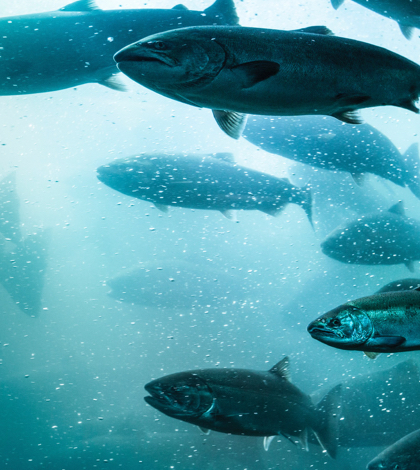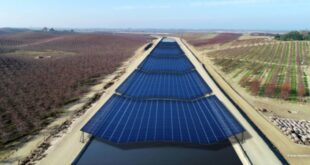Southern California steelhead trout, including the population of the Santa Ynez River, have been federally listed as an endangered species since 1997 and are on the brink of extinction. After nearly 20 years of legal efforts to protect water right holders and address the long-term decline in native fish populations in the Santa Ynez River, the State Water Resources Control Board on Tuesday adopted an order for Cachuma Reservoir in Santa Barbara County to protect both the steelhead trout population and the impacted, downstream senior water right holders.
“This order is an important step towards improving the condition of a struggling species, while continuing to develop the science and information needed to return the species to sustainable levels,” said State Water Board Chair E. Joaquin Esquivel. “I am hopeful that adoption of this order will inspire the parties to continue working collaboratively to resolve these long-standing water management challenges – challenges not unlike those found in other communities and watersheds throughout the state.”
Damming the Santa Ynez River in 1953 to store runoff for the Santa Barbara area blocked off crucial spawning and rearing habitat and reduced the average annual run from 20,000 adult fish to fewer than 100 today. Until then the Santa Ynez River had been a major spawning ground and nursery stream that supported the largest steelhead run in Southern California.
Akin to the life cycle of salmon, steelhead trout spend much of their life in the sea before returning to the place of their birth in a freshwater stream to spawn. But the State Water Board has determined that the steelhead fishery in the Santa Ynez River is not in good condition, as is required by the public trust doctrine and Fish and Game Code (FGC) section 5937. Additional measures are needed to increase the amount of suitable habitat available for spawning and rearing above the dam. Loss of instream rearing habitat for juvenile steelhead is a lead cause of the steelhead population’s decline. The State Water Board’s order requires the U.S. Bureau of Reclamation to increase flows on the Santa Ynez River below Bradbury Dam to provide additional habitat for steelhead and prevent its extinction.
Higher flows will be required only during wetter years to minimize impacts on local water users. Utilizing higher flows during wet years could reduce storage in Cachuma Reservoir going into drier years resulting in decreased supply for areas served by the reservoir. Future droughts could occur if alternatives, such as water conservation, are not utilized. Consequently, FGC section 5937also requires water supply managers in the Santa Barbara area communities served by Cachuma Reservoir implement conservation measures to prepare for future dry periods. The order also specifies that the Bureau of Reclamation is to: explore the potential for fish passage around the dam to provide access to additional habitat and present the findings within 24 months; consider additional measures to replenish the steelhead population; and, study the effects of the increased flows on the fish.
The State Water Board has broad authority to establish minimum flows and implement other measures to protect fisheries and other public trust resources. The board is also responsible for issuing water rights permits and licenses and enforcing many of California’s water laws.
If increasing the flows on the Santa Ynez River below Bradbury Dam does not provide the expected benefits for the steelhead trout or if the increased water supply results in impacts not identified in the final Environmental Impact Report, the instream flows will be reduced accordingly.
 California Water News Daily Your Source For Water News in California
California Water News Daily Your Source For Water News in California


